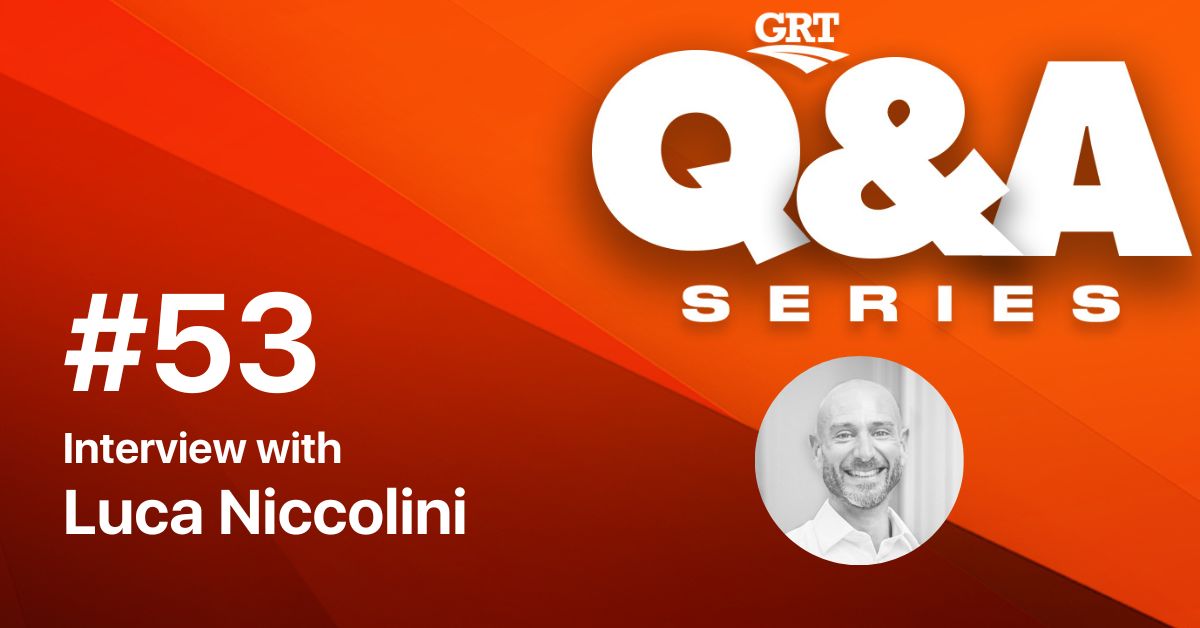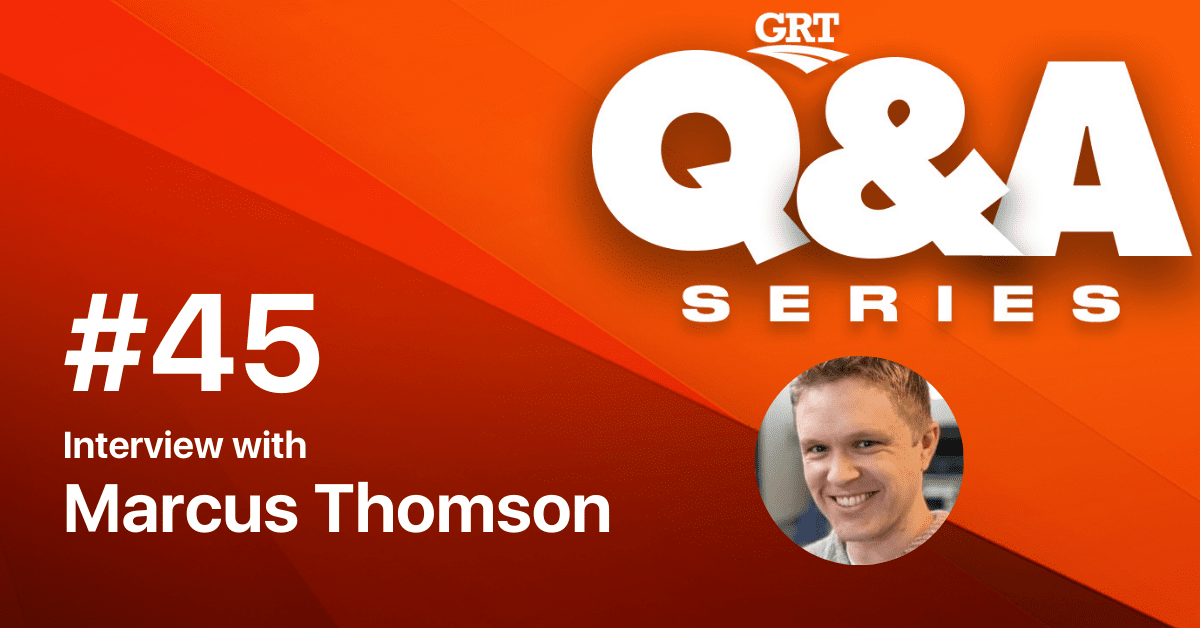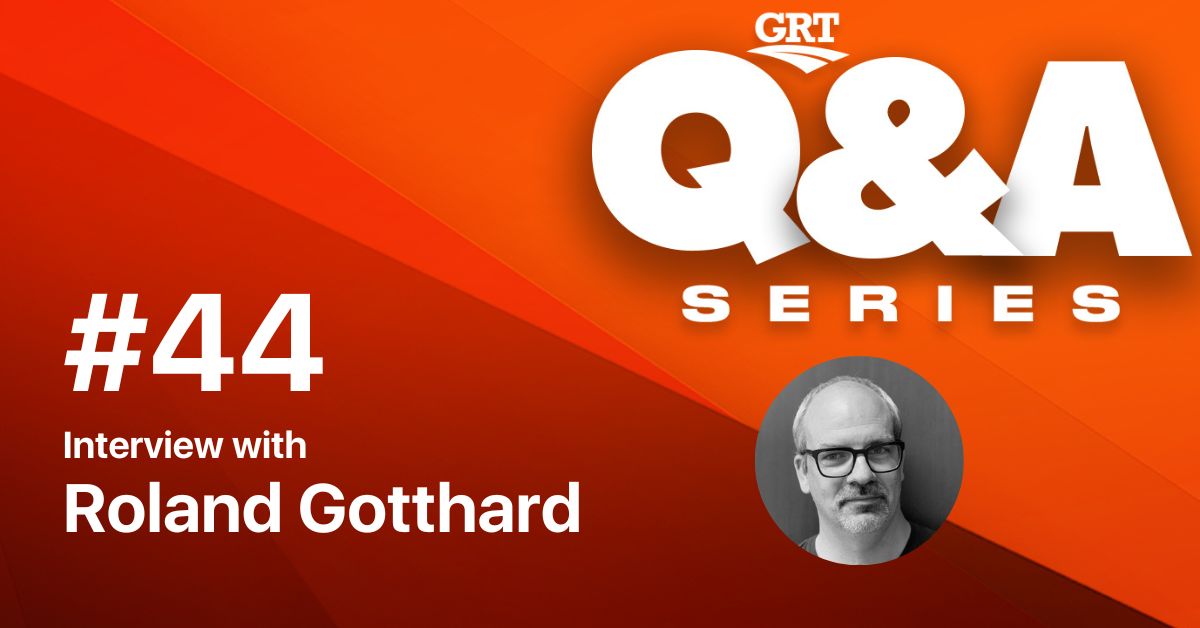Q&A Series #49: Interview with Anthea Sargeaunt
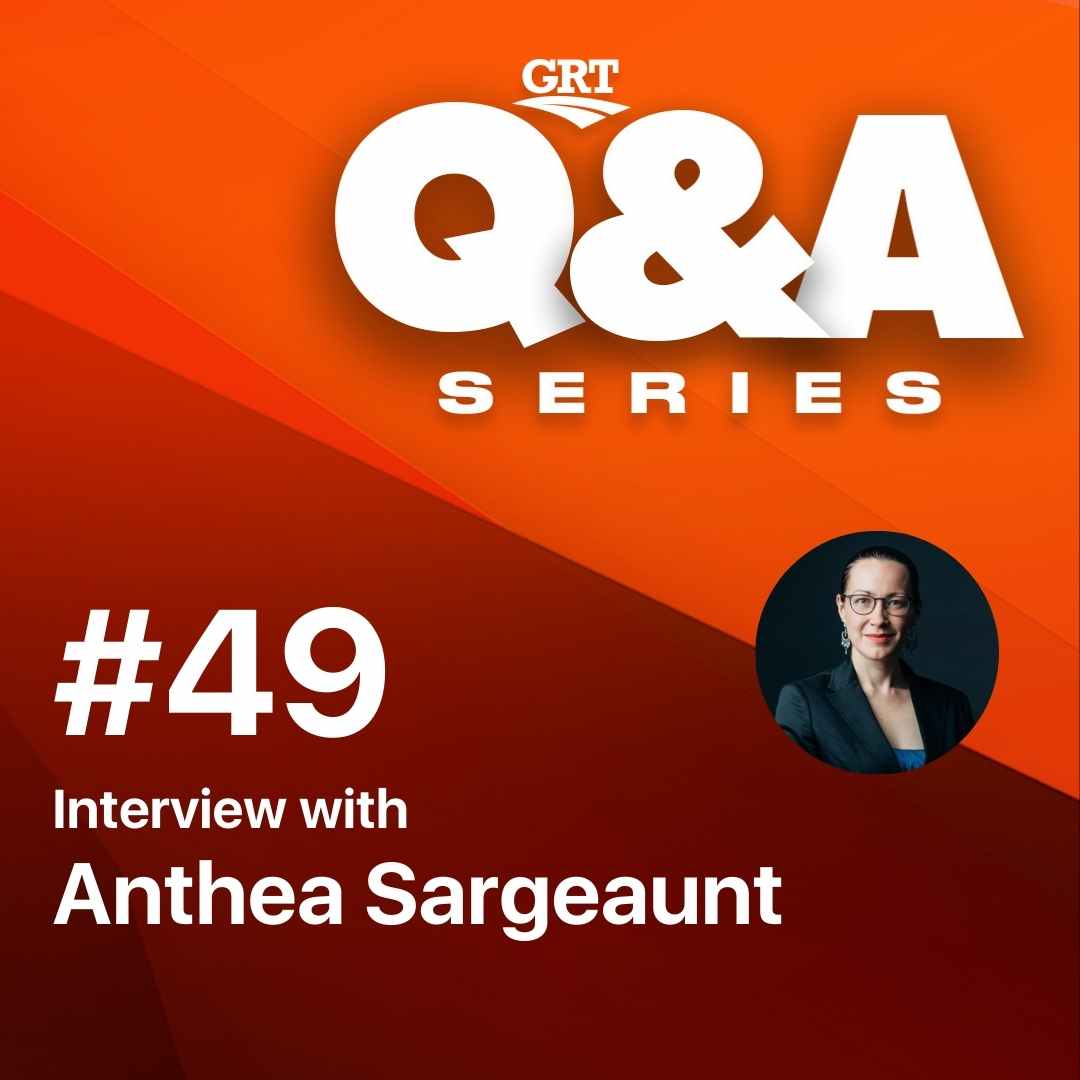
About the guest
Anthea Sargeaunt is CEO of 2S Water, where they have developed the world’s first sensor for detecting metals in water in real-time. She is an MBA, a 3x entrepreneur, and a mother of two. Anthea received the Clean50 2021 for her research and development work. She was voted Startup Alberta’s Most Promising Startup Entrepreneur 2019, and her company has been awarded the Covergx Precommercialization award for the best new technology with applications in industry and defence and was selected by Famae as one of the top 100 best water innovations worldwide.
Topic of discussion: Real-time detection of metals in water.
2S Water is making the world’s water safer with real-time water monitoring solutions. At 2S Water, they believe that data is key to protecting our world’s water. Their mission is fresh, clean, trustable water for all.
They give you the tools you need to see a clear picture of your water, in real-time. Their fully automated systems don’t require a skilled user, because they believe that access to important data shouldn’t be limited by your staff’s skill set or time requirements.
Accurate data is a key component to the success of your business and 2S Water reiterates that you cannot control what you can’t measure. Real-time data enables you to make the right now decisions on your water quality and you can empower your operation.
In this GRT Q&A, we caught up with Anthea Sargeaunt, CEO and Co-founder of 2S Water. Our discussion focused on the real-time detection of metals in water. Anthea is based in Edmonton, Alberta in Canada.
Q1) A warm welcome to the GRT Q&A Series, Anthea. Congratulations on the International Minerals Innovation Institute Innovation Award for 2022. It’s a pleasure and honour to have you. Please tell us more about you and kindly take us through your 5-year journey with 2S Water to date?
Thank you for having me! It’s a pleasure to be here.
Thanks! We were honoured by the win. It just shows the Mining industry’s dedication to sustainability and safe water use.
2S Water is a start-up out of Edmonton, Canada. My Cofounder and I have a long history in oil and gas, and we wanted to leave a positive impact on the world. That’s where 2S Water came from. We knew from our time in heavy industry that the detection of metals in water was a problem, and now we have created a solution. It’s a great feeling to step into the real world and solve a problem that makes our planet safer, and makes us better environmental stewards.
Q2) 2S Water started as a start-up in the water quality sensor market. How has the company evolved to become a global player in developing the first sensor for detecting metals in water in real-time? What was core to achieving such a much-needed technology for the global water market? Where has this technology been used and what are other potential applications?
It’s been a lot of hard work, and a lot of risks. Bringing any new technology to the market is a challenge of scientific innovation, risk, and market understanding. By working on all three of those factors, and with the great support of investors and the fantastic grant funding agencies in Canada, we’ve been able to get there over some tremendously difficult times.
Q3) Water recycling and upcycling are key in mining water resource management. How can 2S Water improve this process for an industry such as mining? What are the benefits of using 2S Water sensors along the water value chain of a mine site?
You can’t optimize what you don’t understand. And understanding takes data, lots of it. The current method of lab testing just cannot create enough data fast enough to get the gains of process optimization. By providing that data, we can bring a lot of benefits. Less risk of an effluent event. Confidence in the output of water treatment facilities, and the data to prove it! And process optimization. Reduced chemical costs through water treatment plant optimization. Increased recycled water, and reduced tailings. Knowing what’s in your water allows you to take actions that just weren’t available before.
Q4) Dust suppression and dust control are key in metalliferous mines. If dust is not dealt with at its source it is bound to pollute water sources with metalliferous dust. Can we find synergies between suppression and control of dust and real-time water quality management on metalliferous mine sites?
Dust control is a vital part of mine management. Air, water, and earth, it’s all combined in how we approach these challenges. A benefit to one is a benefit to the other. That dust will land on water sources and increase contamination where there are open water sources. We are excited to see great innovations happening on the dust control side of things as well! It’s another place where innovation is charging into the mining sector.
Q5) Runoff from exposed surfaces, the erosive effect of traffic, and deposition of sediment loads at mines contribute to challenges in water quality. How can 2S Water real-time water help contribute to erosion and sediment control plans of mine sites?
All that runoff water represents a significant liability for these companies. Any water that touches ore or tailings must be treated. It must all be gathered and processed before it can be released. Any of it that is too metal-laden risks ending up in tailings ponds. That’s the worst-case scenario. And we can help prevent it, with the data required to optimize that process. In addition, rain and runoff create quick-changing water conditions that are problematic for treatment because of the high variability in conditions. It brings the risk of exceedance. Real-time data mitigates that risk.
Q6) Radical collaboration in water innovation! What does radical collaboration mean to you as a company? What value offerings do you have for potential collaborations and how are you harnessing the power of radical collaboration?
Radical collaboration is the name of the game when it comes to startups. We need to pull so many people together to see our dreams come true, and that was as true for us as it has been for any new technology. We needed private investors, universities, heavy industry, and government to come together to support our dream for it to become a reality! And that is difficult.
We need to understand how much start-ups need all of these factors to come together to succeed. For long-term success, we need all these players to start understanding the vital role they play in new technology development. Especially in water, where the adoption curve is long and the risks for adopting companies can be high because water is key. We all need to work together and embrace radical collaboration for success.
Q7) Real-time data identify metals and atoms in water. What are the results of your real-time metal monitoring in solution from the 2S Water AquaValid Sensor data obtained from early deployments?
We’ve had some really exciting results in our early deploys! Very exciting to see what our technology can do in the field! We’ve validated our sensor against the lab, demonstrated new data and events, and seen things happening in the water that was invisible with lab testing. When you test every two weeks you lose so much. It’s been amazing to see these never before seen data sets developing and so interesting to see what they mean for our early clients.
Q8) Technology and innovation are the answer to sustainable mining solutions. How has 2S answered this call? How are your solutions contributing to mining as an integral part of a green revolution?
Mining, and the growth of mining, is an inevitable side effects of the green revolution. Copper for electric cars, rare earth for electronics, and steel for windmills. Metals drive the green revolution, and if we don’t green mining, we build on a false foundation. And that means greening the processes we have now. We can see that the mining industry understands this, we can see them moving the right way. Our technology is just one part of that transition. An important part of helping mine make that transition, and we’re proud of the effect we’re going to have on the world.
Q9) In closing, what is the future of real-time water monitoring? Have we reached the peak yet? What can we expect from 2S Water in the future?
There’s still lots to come! From us and from the world. We’re nowhere near the peak of real-time water monitoring. I think we’re still in the inception stage. The lab is coming to the field, and the data that it will bring is going to change the world!
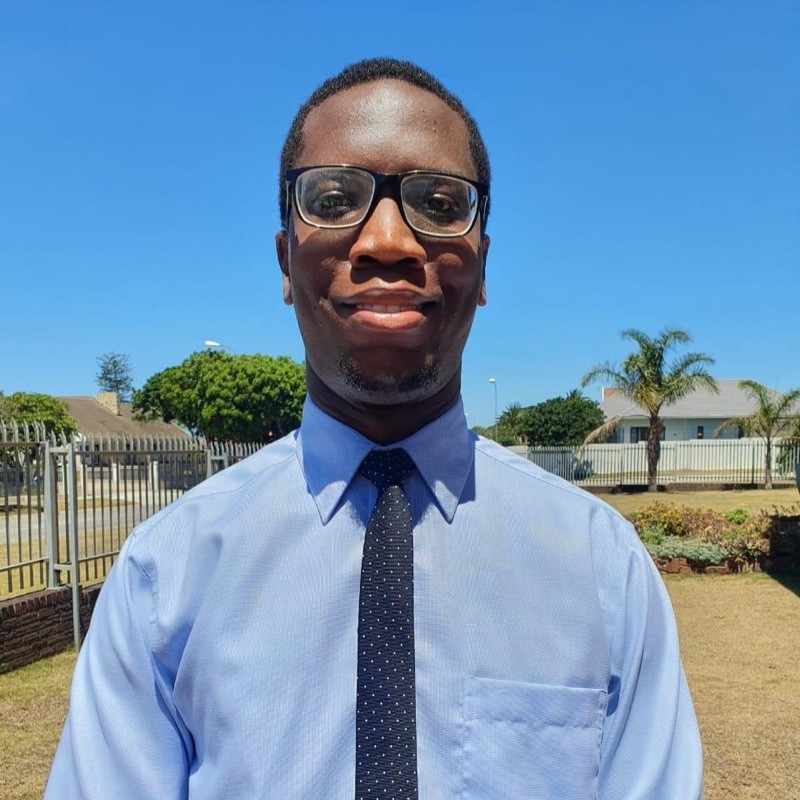
Keith Nare
Technical Head of Communications for GRT, Keith leads GRT's content strategy across various platforms, whilst coordinating internally to build the voice and opinions of the GRT team. Keith is a product of Nelson Mandela University and his PhD work focuses on Polymer and Physical Chemistry. He was a Research Associate at SANRAL in South Africa and later spent time as a Visiting Research Associate to NTEC at the University of Nottingham in the UK. He is a former Director of Communications for CALROBO in the USA.
Keith is passionate and enthusiastic about health and safety, sustainability, networking and finding synergy through conversations.
Troy Adams
Troy Adams is the Managing Director of Global Road Technology (GRT) Specialising in Engineered Solutions for Dust Suppression, Erosion Control, Soil Stabilisation and Water Management. A pioneering, socially conscious Australian entrepreneur, Troy Adams is passionate about health and safety and providing innovative solutions that are cost-effective to the mining industry, governments and infrastructure sectors. Troy is also a tech investor, director of companies like Crossware, Boost, Hakkasan, Novikov and more.
